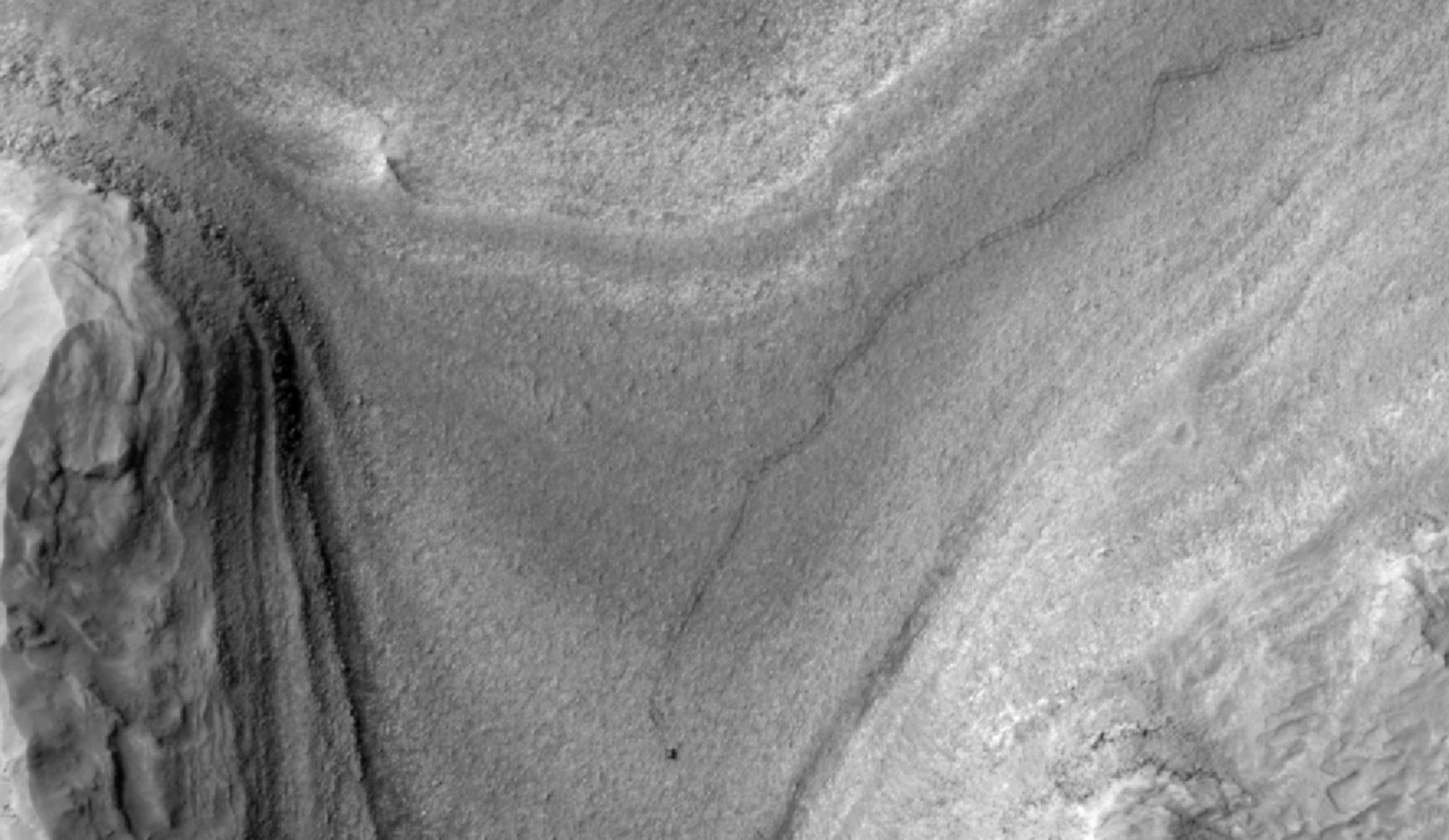Cosmic Wanderer: Mysterious Magnetic Star Baffles Astronomers in Unprecedented Hubble Discovery
Science
2025-04-15 12:00:54Content

In a groundbreaking astronomical discovery, NASA's Hubble Space Telescope has unveiled the mysterious journey of a rare cosmic traveler known as SGR 0501+4516, a powerful magnetar wandering through the vast expanse of our Milky Way galaxy. This extraordinary celestial object, characterized by its incredibly intense magnetic field, has captured the imagination of scientists who are intrigued by its enigmatic origins.
Magnetars are among the most extreme and fascinating objects in the universe, possessing magnetic fields millions of times stronger than those of typical neutron stars. The newly observed magnetar, SGR 0501+4516, is currently traversing our galactic neighborhood, its path shrouded in mystery. Astronomers are particularly excited about unraveling the secrets behind its unknown point of origin and the cosmic events that might have propelled it into its current trajectory.
The Hubble Space Telescope's remarkable capabilities have once again proven instrumental in shedding light on the most elusive cosmic phenomena, offering researchers a unique glimpse into the complex and dynamic nature of our galaxy's stellar population.
Cosmic Wanderer: The Mysterious Magnetar Traversing the Galactic Landscape
In the vast, enigmatic expanse of our Milky Way, a celestial enigma continues to captivate astronomers and space enthusiasts alike. The universe, with its infinite mysteries, has once again revealed a tantalizing glimpse into the extraordinary phenomena that populate our cosmic neighborhood, challenging our understanding of stellar evolution and interstellar dynamics.Unraveling the Secrets of a Stellar Nomad: A Journey Beyond Known Boundaries
The Magnetar: A Cosmic Powerhouse of Magnetic Intensity
Magnetars represent some of the most extreme and fascinating objects in the known universe, pushing the boundaries of our comprehension of stellar physics. These extraordinary neutron stars possess magnetic fields so intense that they dwarf the magnetic capabilities of any human-made technology by astronomical margins. The recently discovered magnetar SGR 0501+4516 emerges as a particularly intriguing specimen, challenging existing models of stellar formation and migration. The magnetic field of this cosmic wanderer is estimated to be quadrillions of times stronger than Earth's magnetic field, creating a region of space where fundamental physical laws operate under conditions that defy conventional understanding. Scientists speculate that such extreme magnetic environments could potentially generate unique quantum mechanical interactions that remain largely unexplored.Interstellar Migration: Tracing the Magnetar's Mysterious Origins
The trajectory of SGR 0501+4516 presents a profound astronomical puzzle. Unlike typical stellar objects with predictable paths, this magnetar appears to be traversing our galaxy from an entirely unknown point of origin. Advanced astronomical tracking techniques, including precise spectroscopic analysis and high-resolution space telescope observations, have been employed to map its extraordinary journey. Researchers are particularly intrigued by the magnetar's seemingly random path, which suggests potential interactions with gravitational fields of massive celestial bodies or even remnants of supernova explosions. The implications of such a journey extend far beyond mere astronomical curiosity, potentially offering insights into the complex dynamics of galactic structure and stellar evolution.Technological Marvels: Hubble's Role in Unveiling Cosmic Mysteries
NASA's Hubble Space Telescope continues to be an instrumental tool in expanding our understanding of the universe's most enigmatic phenomena. By capturing unprecedented levels of detail and employing advanced spectral analysis, the telescope has transformed our ability to study distant and complex astronomical objects like SGR 0501+4516. The technological sophistication required to detect and track such a distant, high-energy object is remarkable. Specialized instruments capable of measuring minute variations in electromagnetic radiation and magnetic field intensities have been crucial in providing scientists with the data necessary to comprehend this cosmic traveler's characteristics and potential origins.Implications for Astrophysical Research and Future Exploration
The discovery of SGR 0501+4516 represents more than just an astronomical curiosity; it serves as a critical data point in our ongoing quest to understand the complex mechanisms governing stellar formation, evolution, and migration. Each such discovery incrementally expands our cosmic knowledge, challenging existing theoretical frameworks and inspiring new research directions. Astrophysicists are particularly excited about the potential insights this magnetar might offer into the fundamental processes of stellar dynamics. The object's unique characteristics could provide critical evidence supporting or challenging current models of neutron star formation, magnetic field generation, and interstellar migration patterns.Technological and Computational Challenges in Studying Distant Celestial Objects
Tracking and analyzing objects like SGR 0501+4516 requires an unprecedented level of technological integration. Advanced computational models, machine learning algorithms, and sophisticated data processing techniques are employed to interpret the complex datasets generated by space telescopes and ground-based observatories. The computational challenges involved in studying such distant and energetic objects are immense. Researchers must develop increasingly sophisticated algorithms capable of filtering out noise, identifying subtle spectral signatures, and constructing coherent models from fragmented observational data.RELATED NEWS
Science

Mars Rover's Epic Journey: Curiosity Leaves Tracks in Uncharted Territory
2025-04-24 15:58:48
Science

Beyond AI: Flagship Pioneering's Bold Leap into Superintelligent Science
2025-03-10 15:29:00
Science

Science Under Siege: Philadelphia Researchers Rally Against Trump's Research Budget Massacre
2025-03-08 04:37:31





